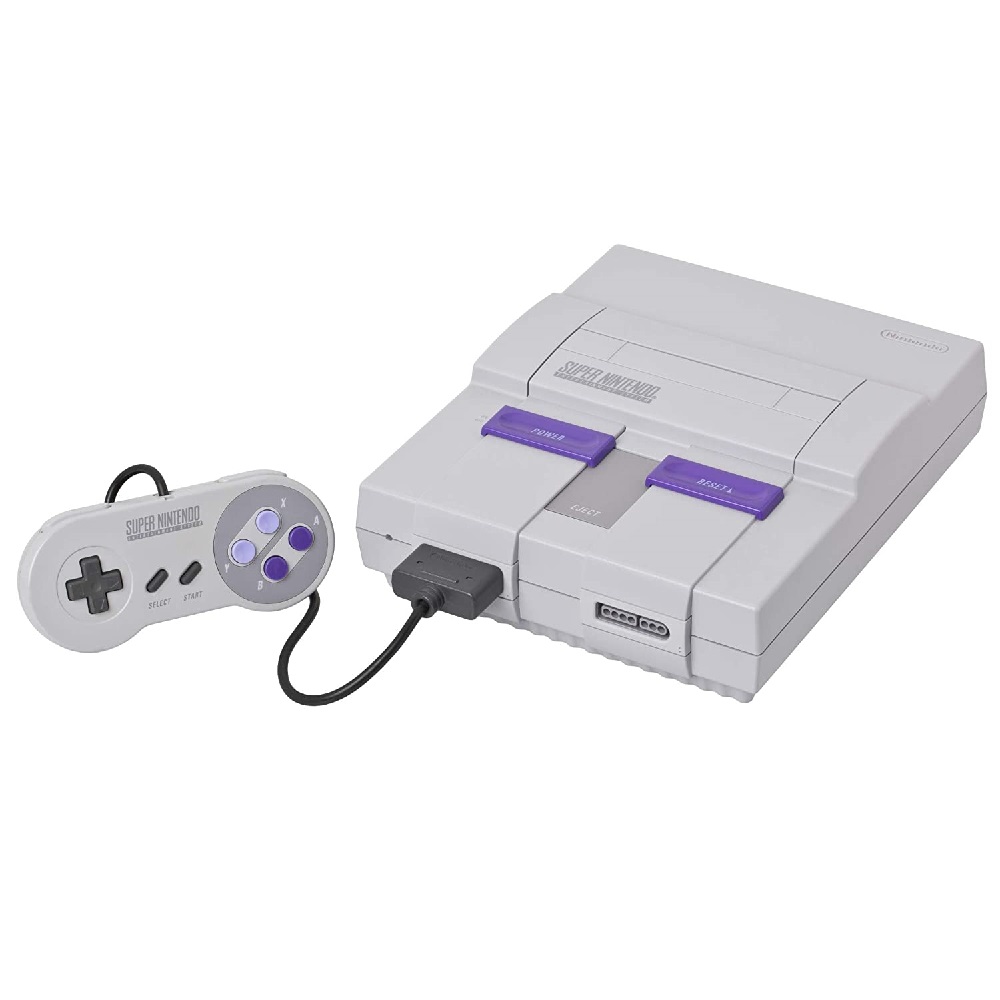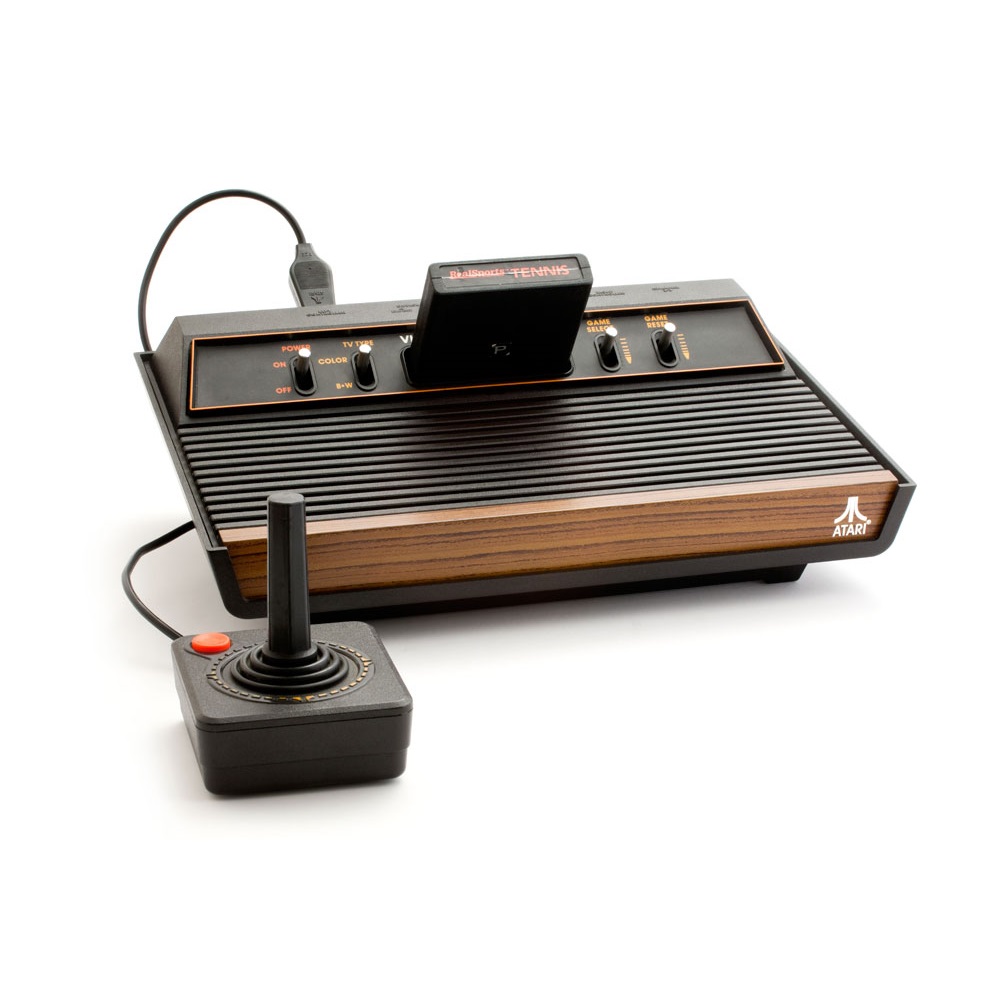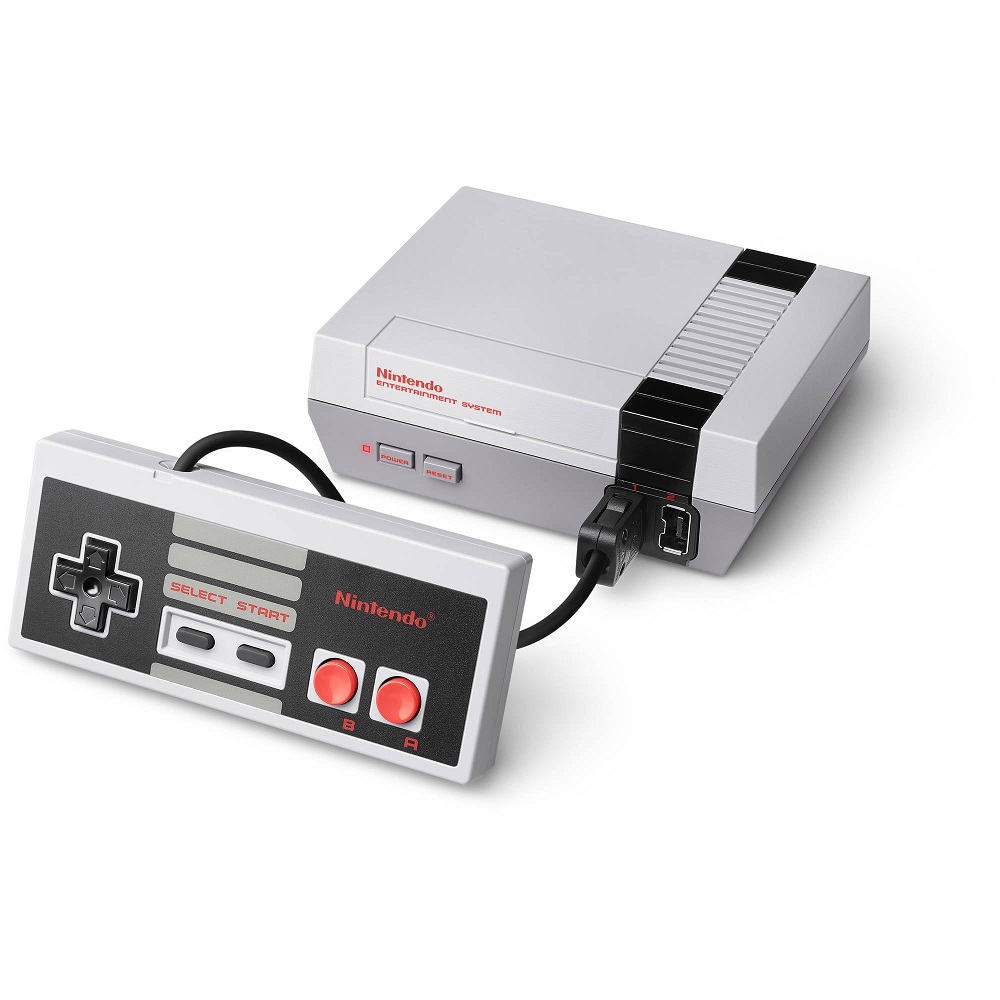Introduction to Gaming History
The story of gaming is rich and transformative. It begins with a modest box. Fifty years ago, the Magnavox Odyssey emerged as the first home video game console. This creation set in motion an industry now worth billions. The Odyssey’s simplistic design allowed widespread accessibility and enjoyment. It transformed living rooms worldwide. After Odyssey, a technological explosion occurred, leading to the exciting world of gaming we know today.
The Odyssey’s impact was profound, inspiring the creation of home consoles across the globe. It didn’t just introduce gaming; it fostered a culture around it. The Odyssey was a pioneer, leading to further breakthroughs. From its simple gameplay, new concepts and technological advancements followed. Not long after, Pong and Atari capitalized on this new interest in gaming, enhancing it even further.
As we trace gaming history, we recognize the Odyssey’s role in shaping this dynamic landscape. We’ve witnessed an evolution from the Odyssey’s limited graphics and sound to the immersive experiences available today. The journey continues, with each step showing innovation and growth. This blog pays homage to that journey, understanding its origins, and anticipating its future.

The Magnavox Odyssey was a game-changer. Birthed in 1972, it created a new entertainment category: home video gaming. Its conception was the work of Ralph Baer, a visionary engineer. Baer’s idea was to make interactive television games a reality.
Odyssey’s design was simple. It had a white box that connected to TVs. It came with basic dials for controllers. This simplicity broadened its appeal, inviting non-tech users to try gaming. The games were easy to play but engaging. They sparked consumer interest in video games.
Its technology seems primitive now, but back then, it was revolutionary. The Odyssey had no sound, limited graphics, and needed battery power. Yet, these features didn’t hinder its impact. The console included screen overlays for visuals, adding a dash of color to gameplay.
This console paved the way for the entire gaming industry. Although it had a brief life, the Odyssey inspired successors. Soon, the industry saw the arrival of Pong and Atari. These names are now legendary. They evolved from the foundation that the Odyssey built.
Although it’s been decades, the Odyssey’s legacy remains. It taught us that technology reaches great heights when it enters the home. Today’s gaming giants owe their roots to the first video game console: the Magnavox Odyssey.
Technological Breakthroughs Following Odyssey
Following the release of the Magnavox Odyssey, the gaming industry witnessed rapid technological advancements. These breakthroughs transformed gaming from a niche hobby to a popular, mainstream form of entertainment. Here are several key technological milestones that marked the industry’s evolution in the post-Odyssey era.
Powering Up Gameplay
Early on, video games were simple in design and functionality. However, advancements in microprocessor technology enabled more intricate games. This gave rise to titles with complex graphics and gameplay, pushing the boundaries beyond the Odyssey’s offerings.
Arcade Explosion
Arcades became hotspots for gaming culture, spurred by the success of games like Pong. These venues introduced players to new, thrilling experiences. They witnessed the rise of arcade cabinets with colorful graphics and compelling sound effects.
Introducing Cartridges
The concept of interchangeable cartridges was revolutionary. It allowed players to swap games easily, expanding their libraries without new hardware. This innovation paved the way for a richer gaming variety, fueling gaming’s growth.
On-Screen Scoring and Narrative
As technology progressed, scoring systems and narratives became integral. Games could now track scores on-screen, and story elements added depth to player engagement. These features were crucial in evolving games into experiences rather than mere pastimes.
The journey from the Odyssey to the gaming powerhouses of today shows an industry defined by constant innovation. Through each technological step, gaming became more immersive, drawing in wider audiences and shaping a vibrant digital culture.
The Impact of Pong and Atari in Early Gaming
Pong appeared first in arcades, not homes. Yet, it quickly became a household name. Atari, Pong’s maker, shifted gaming’s landscape forever. Its simple paddle and ball gameplay was a hit. The visuals were basic but captivating. They brought even more players to video gaming.
Pong’s success led to the birth of Atari consoles. These consoles brought arcades into living rooms. For many, this was their first home gaming experience. Atari also introduced a range of games, sparking a gaming revolution. Games became more than dots and lines. They now had characters, goals, and stories.
Atari’s consoles were innovative for the time. They gave birth to the concept of home gaming systems. These systems hosted multiple games, unlike the single-game Odyssey. This versatility made gaming more appealing. It also set a standard for future consoles.
The influence of Pong and Atari can’t be overstated. They were vital in early gaming history. Their success showed the potential of video games. It led to a boom in the gaming industry. New companies and consoles emerged. The competition created a diverse and rich gaming culture.
Looking back, Pong and Atari were more than games or consoles. They were the spark for a global phenomenon: video gaming culture. Their impact is still seen in games today. They laid the foundation for an industry now valued in the billions.
The Rise of Console Wars and Market Evolution
The Odyssey’s influence led to fierce competition. New consoles emerged, each trying to outdo the others. This period known as the ‘Console Wars’ started. Companies like Nintendo and Sega entered the ring. They battled for market dominance.
Nintendo’s NES brought iconic characters like Mario. Sega’s Genesis pushed technical limits. Both offered unique games, pulling in legions of fans. Their rivalry drove innovations in gaming.
Marketing strategies became bold and aggressive. Commercials directly compared consoles, targeting consumers’ loyalty. It wasn’t just about technology; it was brand power too. Gamers began to identify with consoles, defending their choices passionately.
This era saw the market evolve rapidly. Hardware capabilities and game quality saw great strides. Advanced graphics and game complexity became selling points. The console wars shaped the gaming market, leading to today’s diverse ecosystem.
Each new console generation promised more. Better graphics, more immersive sound, richer storytelling. Gamers’ expectations grew alongside these promises. The video game industry thrived on continuous evolution and creativity.
From the simple Odyssey to the tech-heavy consoles of today, gaming expanded into a vibrant part of culture. It owes much to the early competition. The ‘Console Wars’ taught the industry the power of innovation and marketing.
Video Game Graphics and Sound Advancements
Post-Odyssey, video game visuals and audio saw dramatic improvements. Colorful graphics replaced the previous generation’s simple lines. Instead of silent games, now sound effects and music added depth.
From Pixels to 3D
Pixels evolved over time. Early games had blocky sprites. But soon, techniques like sprite scaling made characters and environments more realistic. As computers got more powerful, 3D graphics emerged. They transformed games into immersive worlds.
Soundscapes that Engage
Early beeps and boops gave way to complex soundtracks. These soundtracks became key to gaming experiences. They enhanced storytelling and emotional engagement. Soon, games had voice acting, making characters feel alive.
Hardware Advances Push Boundaries
Advancements in consoles and computers drove these improvements. Each new generation brought better processors and more memory. This let developers push boundaries, building more sophisticated games.
Games as Art
These technical leaps turned games into art forms. Rich visuals and sounds created memorable experiences. They also sparked discussions about games as cultural artifacts.
Graphics and sound have come a long way since the Odyssey. Today’s games offer visual splendor and auditory richness, far beyond early imaginations.
The Era of Handhelds and Mobile Gaming
The gaming landscape took a major shift with handheld devices. Smaller consoles like Nintendo’s Game Boy became famous. They allowed people to play games anywhere. This mobility transformed gaming habits.
Games like ‘Tetris’ and ‘Pokémon’ became cultural icons through handheld gaming. These devices were simple, yet they offered rich gameplay. Everyone, from kids to adults, could enjoy gaming on the go.
Then came mobile phones and, later, smartphones. Games became apps. They were easy to download and often free or low-cost. This new wave skyrocketed gaming’s popularity.
Titles such as ‘Angry Birds’ and ‘Candy Crush’ became household names. From commuters to casual players, mobile gaming attracted millions. It showed how gaming has no boundaries in today’s digital world.
Gaming also connected people through online play. Games like ‘Clash of Clans’ created communities. Players from around the world could team up or compete.
Handheld and mobile gaming opened new pathways. They expanded the gaming audience far beyond what the Odyssey could. These platforms continue to grow, reaching users young and old, making gaming a universal pastime.
Modern Consoles and the Future of Gaming
The journey of gaming leads us to today’s modern consoles. These platforms boast advanced technology and engaging experiences. Games today offer deep narratives and online communities. They provide entertainment that rivals movies and TV.
Consoles Today
Xbox Series X, PlayStation 5, and Nintendo Switch define current gaming. They promise high-definition graphics and rapid loading times. Gaming consoles now support 4K resolutions and virtual reality. They create worlds more lifelike than ever before.
Online Gaming and Social Interaction
Games now connect players across the globe. Multiplayer games like Fortnite and Call of Duty build massive communities. They offer competitive play and social hangouts. Online features link friends and strangers in shared adventures.
Independent Games and Diversity
The rise of indie games brings creative stories and unique gameplay. Small teams make games with heart and innovation. This diversity enriches the gaming landscape.
Looking to the Future
The future of gaming holds unlimited potential. Technologies like cloud gaming and game streaming are on the horizon. They promise play anywhere and on any device. New advancements will shape how we play, learn, and connect.
As we anticipate the next gaming marvel, we remember the Odyssey. It started a legacy that continues to inspire and evolve. The future of gaming is an exciting journey we are all part of.


